Fish Stocking
Sample Before You Stock!
In addition to the vegetation management, fertilization, and population sampling services we offer, we also provide fish stocking for a variety of species. We stock bluegill, redear sunfish (shellcracker), hybrid largemouth bass, channel catfish, threadfin shad, triploid grass carp, fathead minnows, and more.
Unless we’re working with a newly-built or recently-drained body of water that has no fish, we do recommend performing a population sampling of your pond prior to any fish stocking. An electrofishing sampling will give us an idea of the current population dynamics of baitfish and larger predators so that we can provide the proper recommendations for stocking.
The population sampling will also provide information on the size distribution of sunfish and bass in the pond. The size distribution is an important piece of the puzzle to determine imbalances in the predator-prey dynamics of the pond.
After the population sampling results are compiled, we’ll schedule an in-person meeting or call to discuss your long-term goals for the pond or lake. This will help us to create a stocking schedule and determine the appropriate numbers of each species that should be stocked.
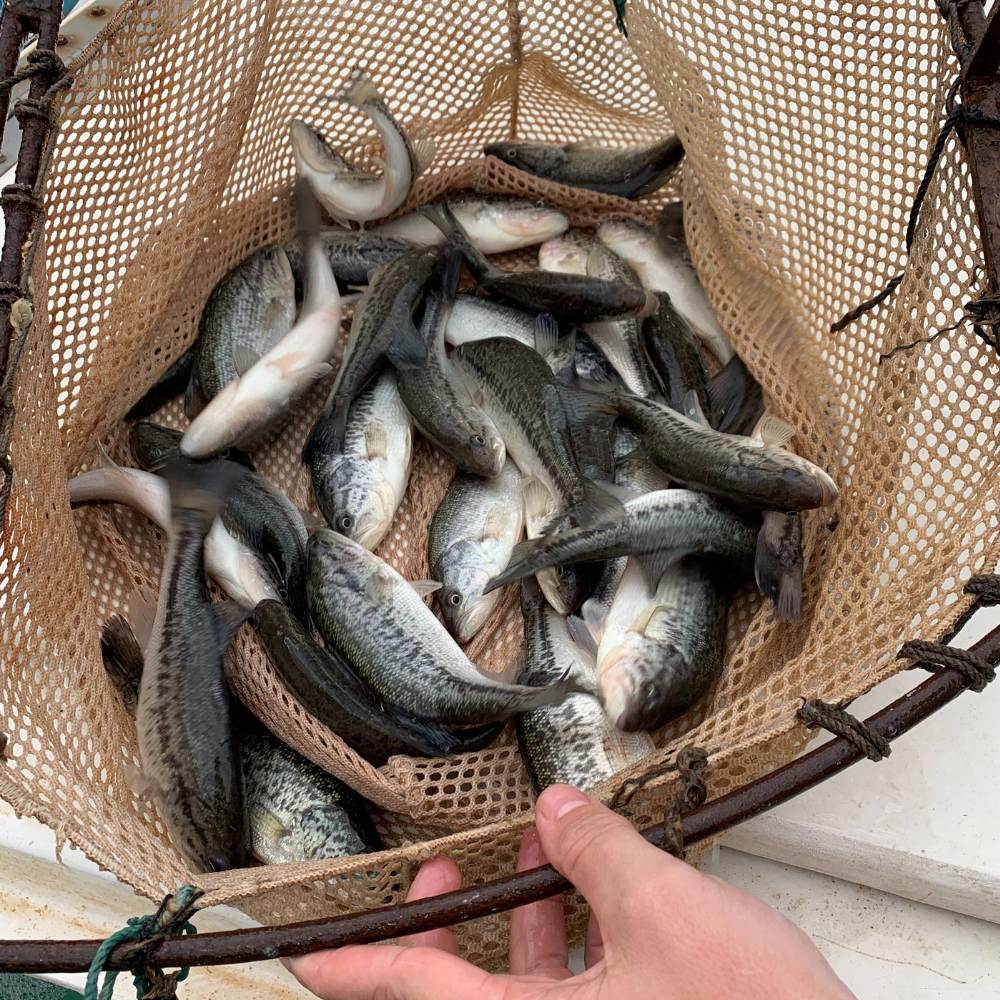
Sunfish Before Bass!
If your goal is to grow trophy largemouth bass, we will recommend that you establish a solid prey population prior to the bass stocking.
This will ensure that the largemouth bass will have plenty to eat when they are introduced to the pond. It will also ensure that the sunfish population is strong enough to remain balanced and growing despite the increased predator pressure.
We recommend stocking bluegill or shellcracker at least one year prior to stocking any largemouth bass. This will give the sunfish time to feed, grow, and spawn before predators are introduced. If bass are introduced too soon, this can quickly deplete sunfish populations and cause a gradual decline in the bass populations over time.
Even if you have no intention of catching and keeping bluegill or shellcracker, these fish are an essential part of the pond food web and are absolutely necessary if you want to grow monster bass.
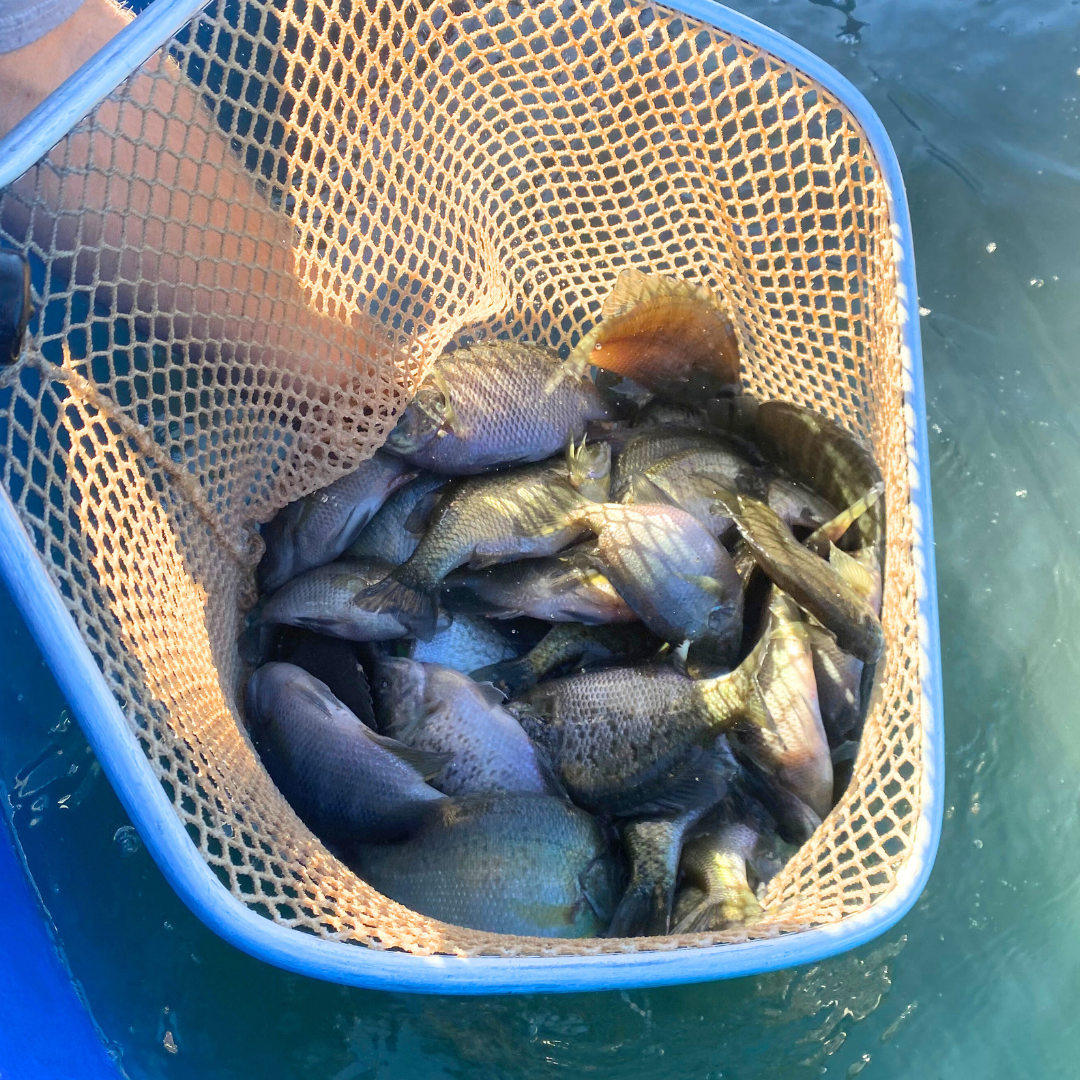
Stocking Larger Fish
Unlike other companies that stock ponds with small fry or minnows, we believe that fish stocking should be done with larger fish. This will provide faster results and allow your pond to reach maximum productivity in a shorter window.
There are many benefits to stocking larger fish, especially when it comes to bluegill, redear sunfish, or largemouth bass. A larger fish will have a lower mortality rate, which means more (if not all) of the fish we stock will survive and thrive in their new home.
Secondly, larger fish are closer to the age of reproductive maturity and are able to more quickly contribute to improving the population dynamics in your pond or lake. You won’t have to wait years to see the effects like you would when stocking small fry.
Thirdly, stocking large fish helps to adjust the predator-prey dynamics much faster. This allows us to quickly correct imbalances in predator and prey interactions that may be causing the fish in your pond to grow slower than normal.
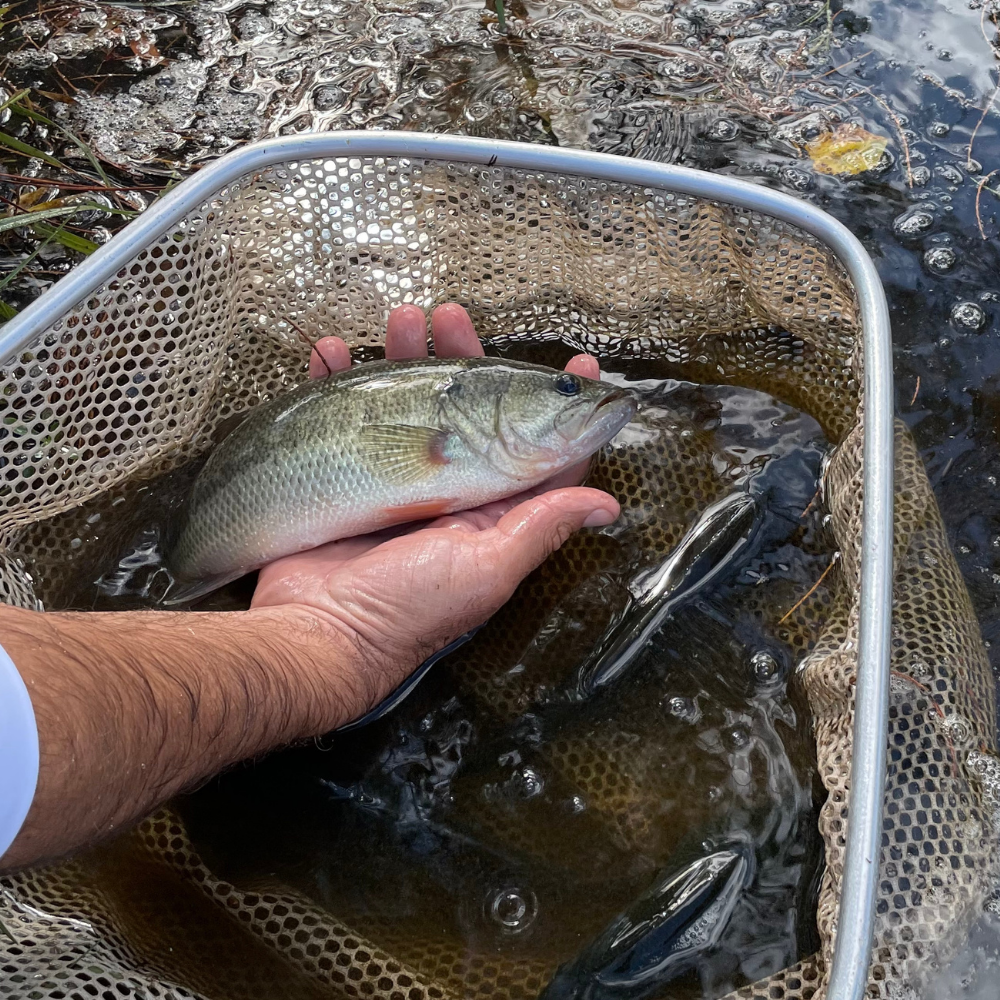
Common Fish Species We Stock
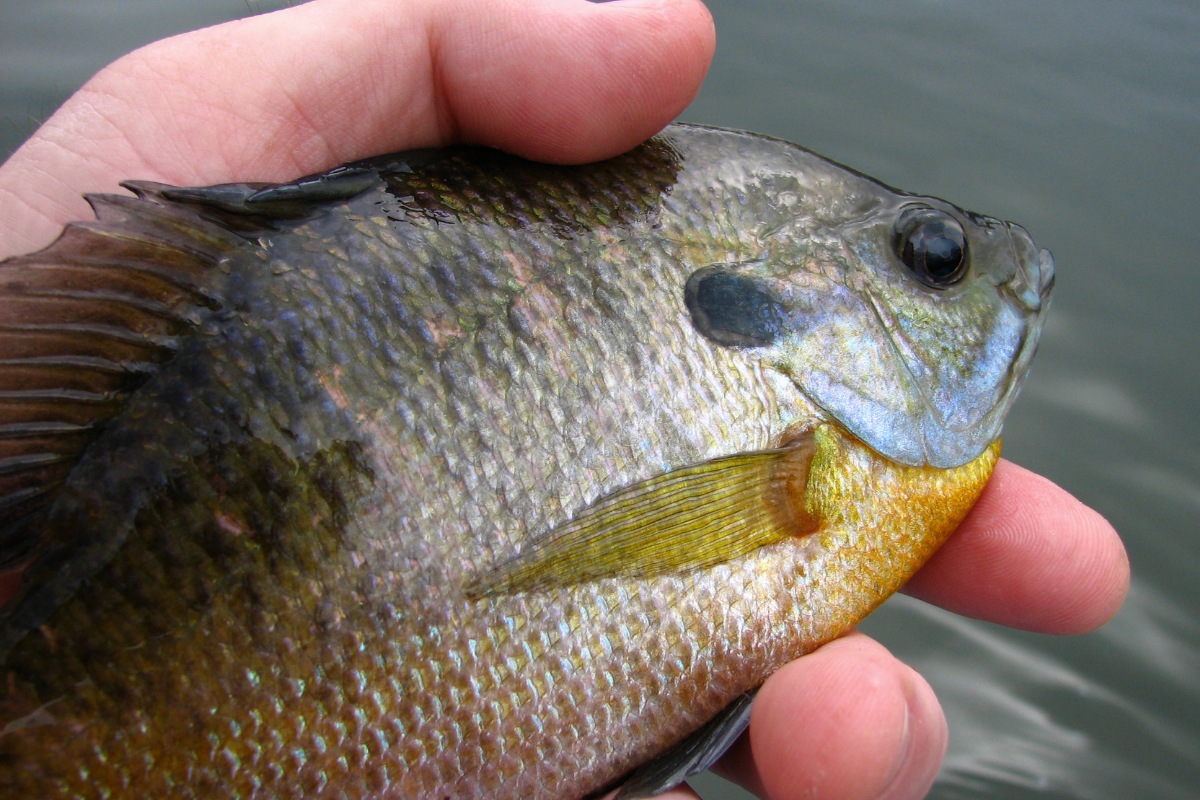
Bluegill
A great-eating fish, bluegill are also an essential prey for larger fish like largemouth bass. We aim for a 30:1 bluegill to bass ratio for healthy pond population dynamics.
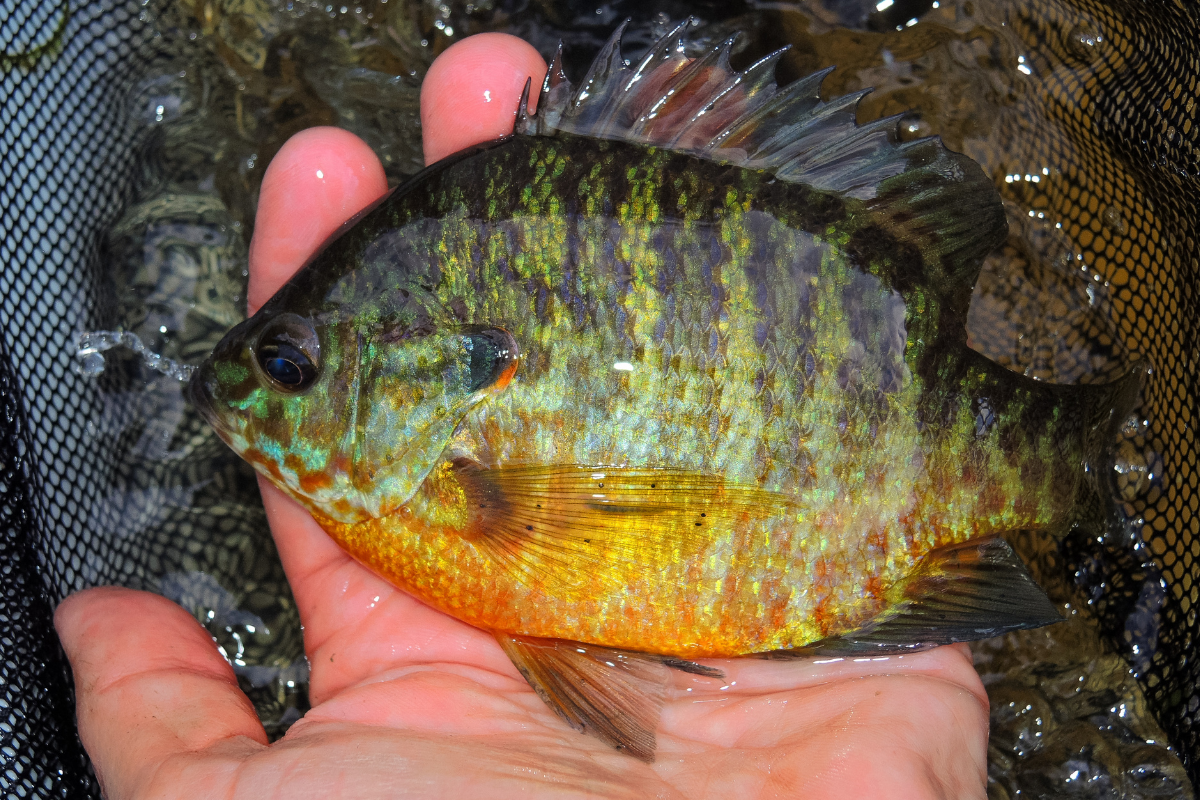
Redear Sunfish
Commonly called “shellcracker,” these is also a popular sportfish for eating and can provide excellent prey for largemouth bass and other top pond predators.
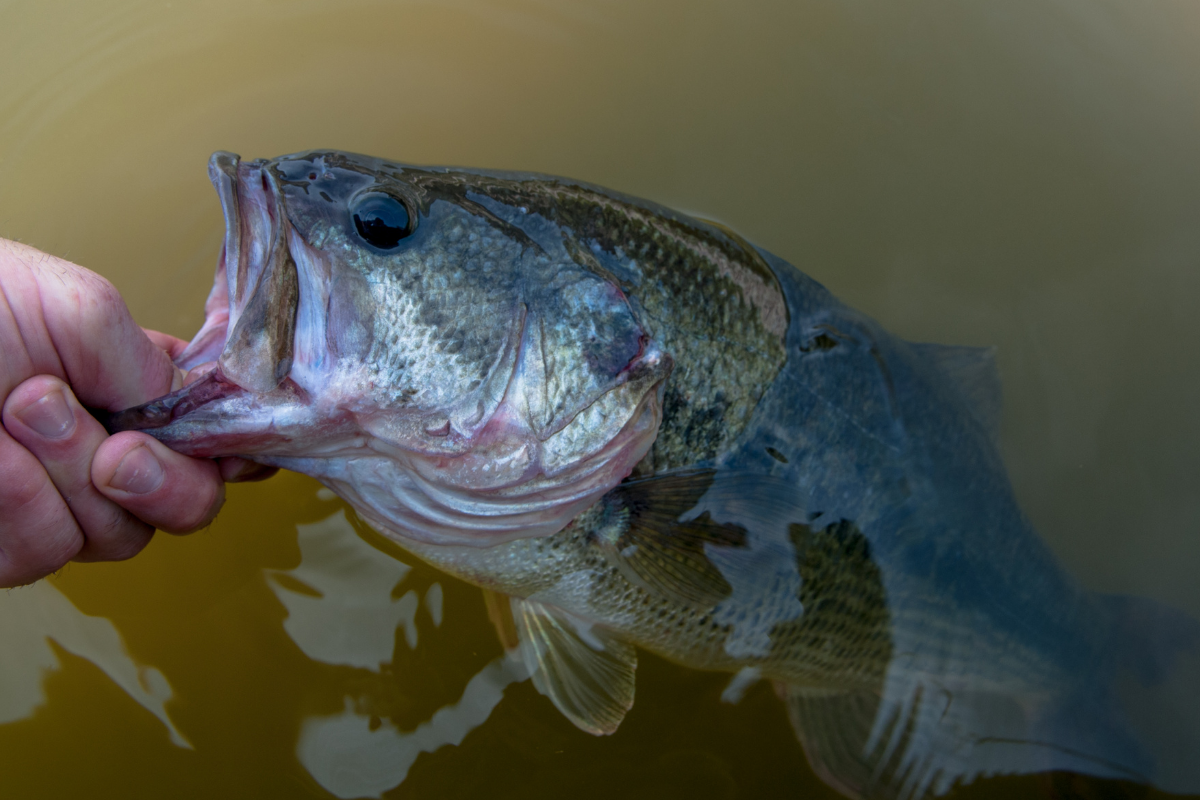
Largemouth Bass
These top predators in the pond food web are heavy feeders, so ensuring they have plenty of food and don’t have to work too hard to get it is very important.
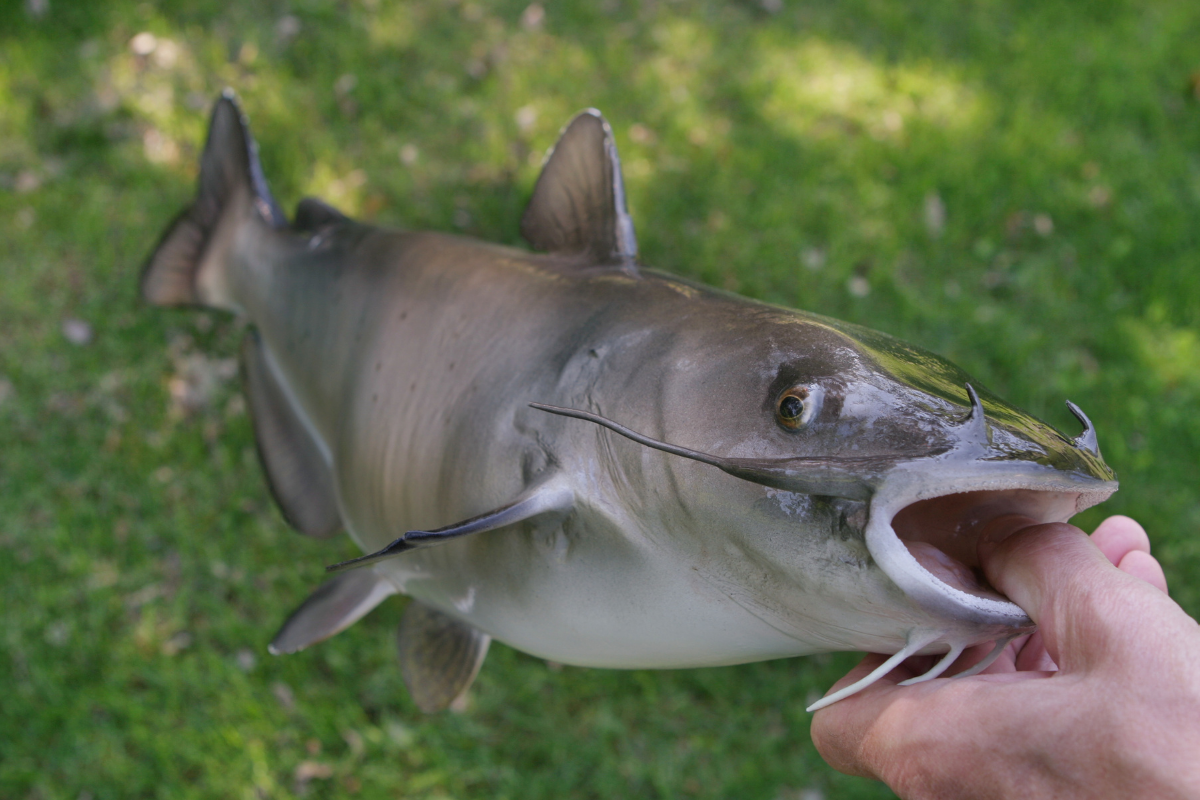
Channel Catfish
Another popular food fish, these should be stocked with caution if bluegill and large bass are your goal. Small catfish compete with bluegill for resources and large catfish eat them.
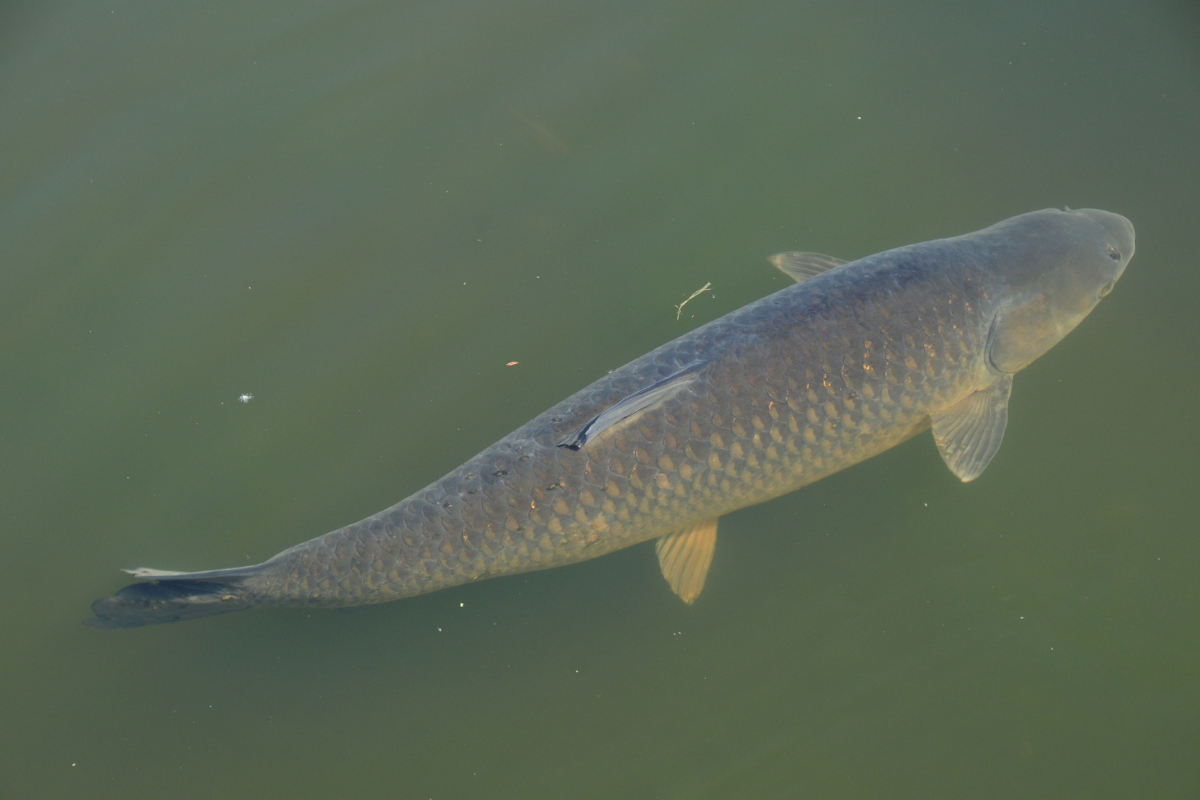
Triploid Grass Carp
Carp are a great option for vegetation management in a pond or lake, but they won’t eat just any pond weeds. We’ll recommend this option if you have the weeds they like.
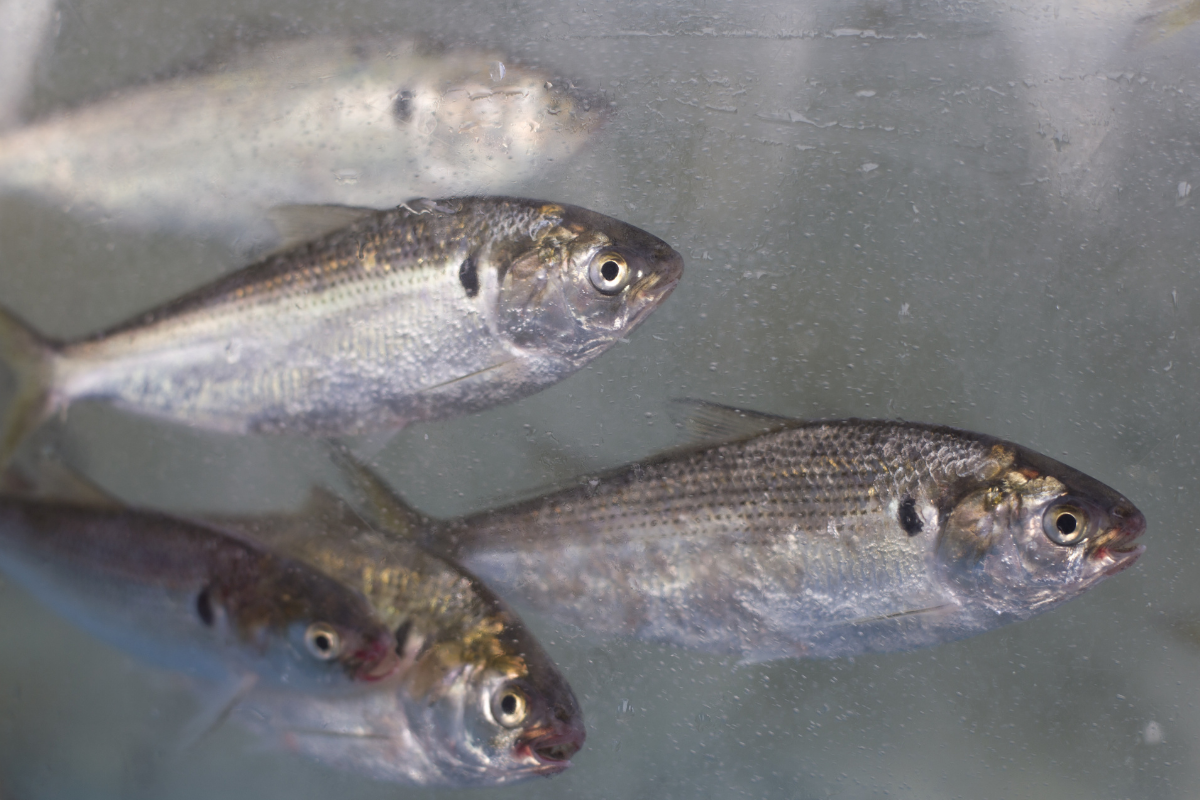
Threadfin Shad
While not a food source for humans, these baitfish can provide food to largemouth bass and reduce the predation pressure on your bluegill or sunfish populations.
